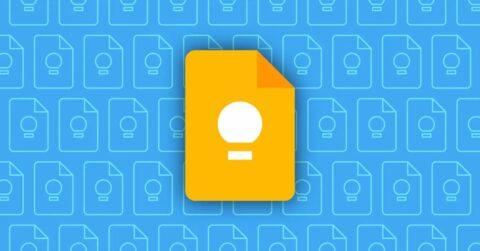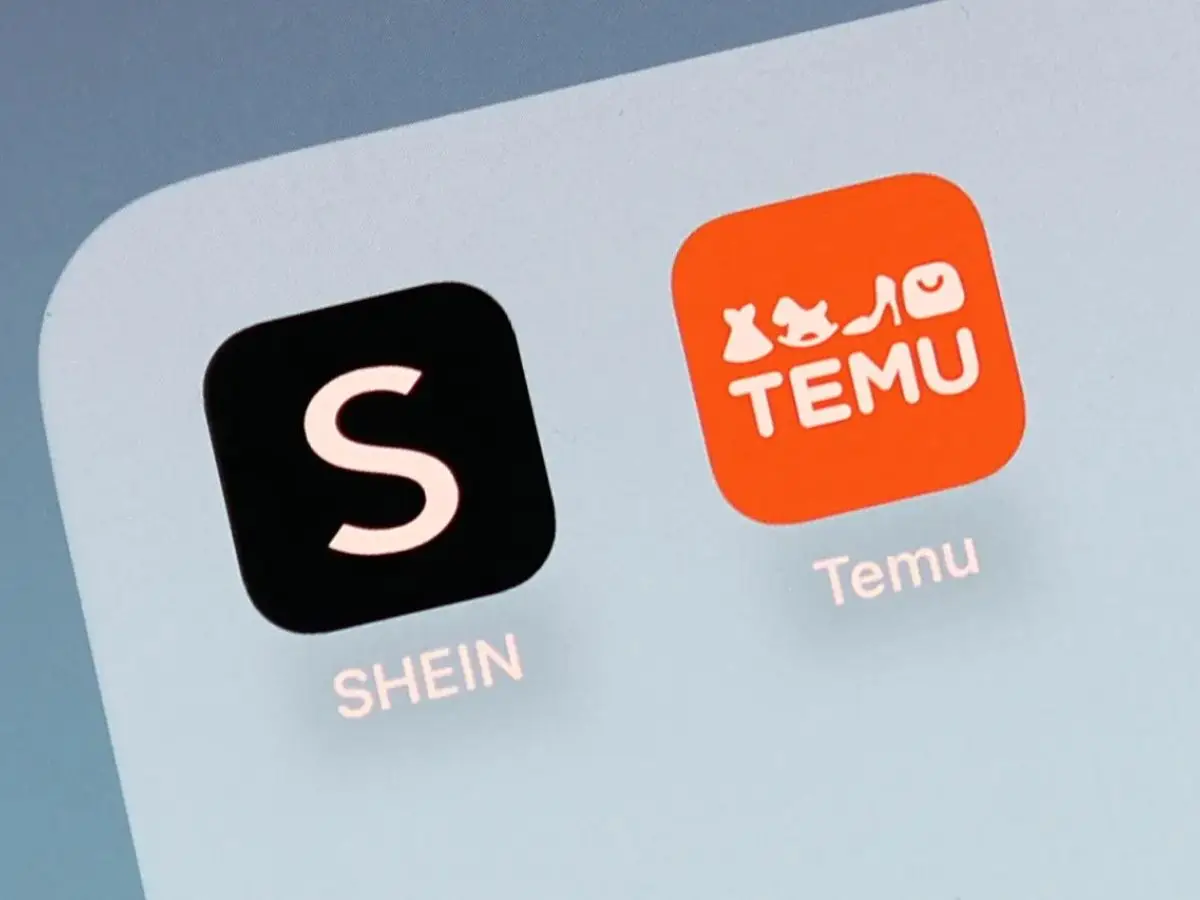Google Keep has long been a favorite for quick, simple note-taking across devices. Yet, for years, users have been limited to plain text notes, which, while functional, lacked the ability to emphasize or organize content visually.
That’s finally changing. Google Keep’s web app is now rolling out rich text formatting features, a significant update that promises to elevate the note-taking experience for millions of users worldwide.
Why this update Matters for Google Keep users
Since its launch in 2013, Google Keep has been praised for its minimalist design and ease of use. However, the absence of text formatting options-such as bold, italics, underline, and headings-has been a notable limitation, especially compared to competitors like Microsoft OneNote or Evernote.
Users often resorted to workarounds like ALL CAPS or multiple notes to differentiate sections, which disrupted workflow and clarity.
The new text formatting rollout for the Google Keep web app introduces:
- Bold, italic, and underline styling
- Heading options (H1 and H2)
- Clear formatting to remove styles
- A simple toolbar accessible via an underlined “A” icon in the note editor
This update aligns the web experience more closely with the Android app, which received these features in late 2023 but lacked synchronization with web and iOS versions until now.
How Google Keep’s formatting enhances productivity
Text formatting might seem like a small feature, but its impact on productivity and note organization is profound:
- Improved Readability: Headers allow users to break notes into sections, making complex ideas easier to scan and understand.
- Emphasis and Clarity: Bold and italic styles help highlight key points or action items without creating multiple notes.
- Streamlined Workflow: Users can now keep related information in a single note, reducing clutter and improving retrieval.
- Cross-Platform Consistency: With formatting syncing across devices, users enjoy a seamless experience whether on web, Android, or iOS (once fully rolled out).
For example, a student can now organize lecture notes with clear headings and emphasized definitions, while a professional can draft meeting minutes with highlighted decisions and action points-all within Google Keep’s lightweight interface.

Comparing Google Keep’s formatting to other Note Apps
While Google Keep’s formatting options are basic compared to full-fledged word processors, this simplicity is intentional.
The goal is to maintain Keep’s hallmark ease of use while providing essential formatting tools that help structure notes without overwhelming the user.
| Feature | Google Keep (New) | Microsoft OneNote | Evernote |
|---|---|---|---|
| Bold, Italic, Underline | Yes | Yes | Yes |
| Headings (H1, H2) | Yes | Yes (multiple levels) | Yes (multiple levels) |
| Font Size Adjustment | Limited (small, medium, large on Android) | Extensive | Extensive |
| Advanced Formatting | No | Yes (tables, lists, colors) | Yes (tables, lists, colors) |
| Sync Across Devices | Yes | Yes | Yes |
| Simplicity | High | Moderate | Moderate |
Google Keep’s formatting is perfect for users who want just enough structure without the complexity of traditional note-taking software.
As a longtime Google Keep user, I’ve often found myself frustrated by the inability to format text. Whether jotting down ideas or creating to-do lists, the lack of emphasis tools meant relying on all caps or emojis to signify importance.
The new formatting tools feel like a breath of fresh air, finally allowing notes to look organized and professional without sacrificing Keep’s speed and simplicity.
Moreover, the integration of headings means I can now consolidate multiple related thoughts into one note rather than scattering them across several. This not only saves time but also declutters my digital workspace.
What’s next for Google Keep?
This text formatting rollout is part of a broader wave of quality-of-life improvements, including a recent widget redesign and default text note creation on Android.

Google appears committed to enhancing Keep’s utility while preserving its minimalist ethos.
However, some questions remain:
- Will formatting sync flawlessly across all platforms, including iOS?
- Could Google introduce more advanced formatting options without complicating the user experience?
- How will this update influence Google Keep’s position in the competitive note-taking app market?
Given Google’s track record, incremental improvements are likely, focusing on balancing power and simplicity.
Final words
Google Keep’s introduction of rich text formatting on the web app is a welcome evolution that addresses a long-standing user request.
By enabling bold, italic, underline, and heading styles, Google has enhanced the app’s usability without compromising its signature simplicity.
Whether you’re a student, professional, or casual note-taker, these new tools make organizing and emphasizing your thoughts easier and more effective.






